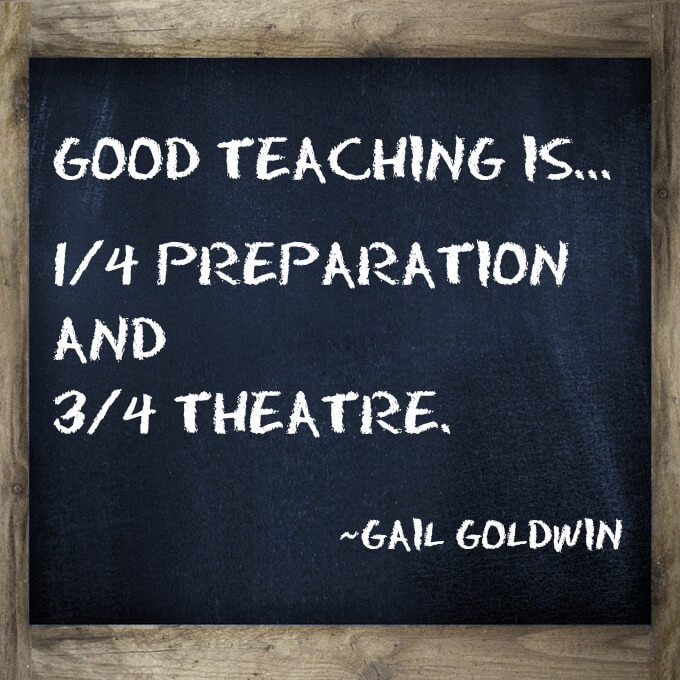Why teaching is my chosen profession
I have always had a passion for the arts from a young age, whether this be by visiting the theatre, being involved in productions myself or learning about the theoretical side to the subject. If my affection can inspire even just one individual to also become connected to the arts by gaining the skills it allows us to develop, I would consider myself a successful teacher. In hand with having a positive relationship with the arts, I also would consider myself as being a confident, motivating and reliable facilitator. (Examples stated within my project pages.) With both of these factors in mind, it would seem that going into the world of teaching would be a successful profession for both myself and the pupils.
My teaching values
My main value within the classroom is commitment. This value differentiates myself as being devoted to my pupils’ success and growth. I would make it my duty to reinforce to the pupils that I am extremely committed to giving them the best education and reminding them that their success is my driving force. I am passionate about how the arts develops individuals even further than giving them a grade which accounts for university, collage etc. I am meaning the skills they acquire when in the drama setting, for example: confidence, team work between actors, choreographers and directors. Interaction of individuals when working on a script, management when putting on a production, creativity to create an original and personal piece of text or movement and finally, independence when working on a solo performance. Some of these values can’t be taught in a classroom but the creativity in drama has allows individuals to develop these skills which will they will use in everyday life.
Struggles i may face
One fundamental part of teaching which could be seen as struggle for anyone going into this profession is tackling behaviour management. Something which I have had to face in modules where I was required to facilitate and found improvising punishments based on different circumstances a challenge. Below states an extremely helpful rule which I learned when further studying this area and will continue to act on in the future. “Have your set classroom habits formed with crystal clear expectations and don’t deviate away from them, use time to reinforce these” (Daisy-May Lewis, 2018) By having set rules it is expected that pupils will know their boundaries within the class room, in hand with this comes respect and a mutual understanding between both the teacher and pupils. Although I am aware that this strategy won’t completely terminate an individual’s behaviour, it is a simple building block as a deterrent to rebellion.
Safe guarding in School
Safe guarding is an imperative role in creating a safe environment for all pupils. With going into Teaching in September, I understand the importance of the practices put in place to ensure that no adults working in the facility are at risk of hurting or mistreating any individuals. I have already gained a DBS check which allows my employee to understand that I am no threat to the number one principle of safe guarding being protection. I am aware that safe guarding in terms of teaching isn’t only about the pupils’ physical protection, but also their mental well-being and ensuring that I, as a teacher create a safe environment in which an individual feels confident to address me with a worry or problem. I would then follow this up by following the training I will be receiving, regarding concerns and keeping current with the policies and procedures.
Before any policies apply, a fundamental part of being a teacher and following the safe guarding procedures is to be able to identify any children who are at risk of harm, and know the characteristics of abuse or neglect. If you suspect or confirm harm then it’s essential you know what actions to take. (Ellie Collier, 2018)
